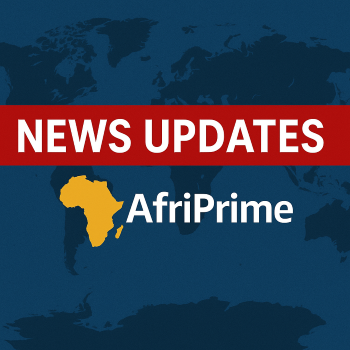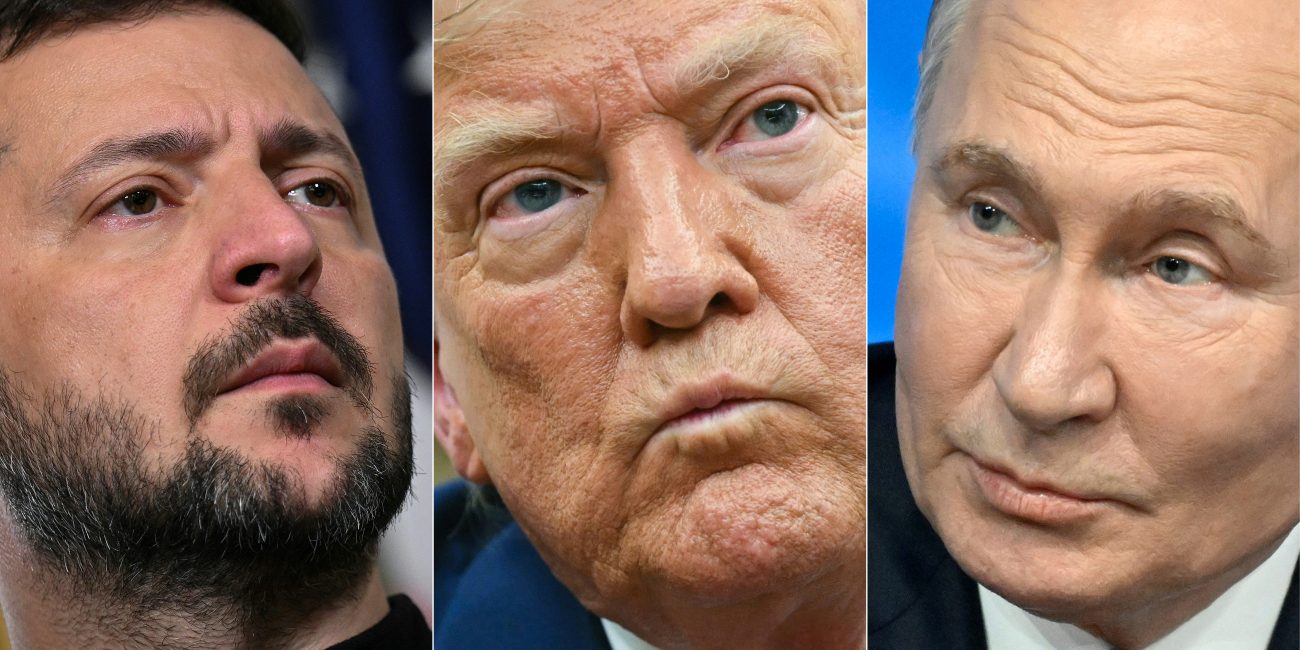Telegram Bots Powering Russian Drone Attacks On Ukraine; Is Western Media Acknowledging Moscow’s Might & Kyiv’s Plight?

Russia may be using bots on the Telegram messaging app to enhance the lethality of Geran-2 drones, which have been attacking Ukraine in increasing numbers, according to a report by The Economist.
The report cites Ukrainian engineers who base their claim on a note reportedly found inside a downed Russian Shahed/Geran-2 drone. The note was allegedly left by a “sympathetic Russian engineer.”
The Economist report has been echoed by Ukrainian outlets such as the Kyiv Independent, Kyiv Post, and RBC-Ukraine.
According to the note, the drones reportedly use Telegram bots to transmit real-time flight data and video feeds, enabling operators to monitor missions and potentially adjust them remotely.
This system reportedly leverages Ukraine’s 4G or 5G mobile networks. The drones can also employ machine vision to autonomously adjust flight paths, avoid obstacles, or select targets with minimal human intervention.
Veracity Of The Report
The veracity of the Ukrainian engineers’ reported discovery of a note inside a downed drone cannot be independently verified. However, the claim does stretch credulity to the extreme.
One might wonder why the “sympathetic Russian engineer” didn’t simply send a message via Telegram!
That said, the note’s assertion regarding AI-powered machine vision and the use of mobile networks aligns with what has been reported extensively over the past six months.
Russia has reportedly developed variants of the Geran drone optimized for electronic intelligence (ELINT), communication relay, machine vision navigation, and optical reconnaissance.
The latest Gerans are equipped with more powerful engines, allowing them to cruise at altitudes of over 2 km above ground level (AGL), with some reports suggesting an operational ceiling as high as 4.9 km. Additionally, Geran variants are increasingly being deployed in large numbers as decoys, intended to trigger and saturate Ukrainian air defense systems.
Old Wine In New Bottle
The most striking aspect of The Economist report is that the “sympathetic Russian engineer” appeared to be revealing information that was already between six months and a year old.
For example, as early as March 2024, Ukraine reportedly downed Geran drones equipped with cameras and modems, enabling them to transmit images. This capability would have required the drones to connect to a messaging application over a communication platform.
By May 2024, Forbes reported the existence of Geran drones equipped with 4G cellular modems that could connect to Ukraine’s mobile network, allowing UAV operators to track the drones in flight.
Two-way communication via a messaging application would have allowed these drones to receive updated coordinates mid-flight, enabling them to adjust their paths and evade Ukrainian air defenses.
The presence of Gerans with AI and electro-optical (E/O) machine vision systems has been known since at least November 2024.
The Guardian, citing Ukrainian military sources, reported that Russia was working on a “swarm of drones” capable of coordinating their actions and interacting with each other, enhancing their ability to strike targets and overwhelm defenses amid intensifying Russian air attacks.
In October 2024, a video surfaced on social media, allegedly recorded through the optical/thermal imaging seeker of a Geran-2 variant, suggesting the development of a precision-guided version.
Further evidence came from a photo posted by the Military Informant Telegram channel, showing a Geran-2 equipped with an electro-optical seeker, reportedly on display at the Special Technology Center (STC) in St. Petersburg.
It has also been reported that Russia has developed communication relay variants of the Geran-2 to support real-time targeting. These drones, operating alone or as part of a swarm, can transmit imagery captured by seeker-equipped drones back to operators via single or multi-hop relays.
This setup would enable operators to designate targets in real time for kamikaze Geran-2 units, enhancing their precision during the final approach.
Given the extensive reports over the past year chronicling the evolution of the Geran drone, much of The Economist’s report appears to be old wine in a new bottle—possibly an attempt to downplay or discredit recent Russian technological advancements that have made the Geran drone significantly more lethal than when it was first introduced.

The Telegram Connection
Telegram’s end-to-end encryption and cloud-based infrastructure make it a plausible platform for secure, real-time data transmission, including video streams and telemetry.
Its capacity to handle large data transfers supports the claim that it could, in theory, be used for drone control. Telegram has been used in the past for military communication and coordination. Therefore, the possibility of its use in this context cannot be readily dismissed.
However, it is difficult to fathom why Russian forces would rely on Ukraine’s 4G or 5G mobile networks as a communication relay, especially when they already have Gerans designed for that purpose, capable of operating at high altitudes, beyond the reach of most Ukrainian air defense systems.
Russia is reportedly deploying several hundred Geran drones daily to strike targets and saturate Ukrainian air defenses, creating openings for long-range cruise missiles like the Kh-101 and Kalibr to penetrate.
Given this, why would Russia risk using a communication architecture that could be completely disrupted in an instant—simply by switching off cellular networks or targeting Telegram servers—once Gerans begin entering Ukrainian airspace?
Conclusion
The Economist report, along with its amplification by Ukrainian sources, highlights the use of information warfare as a strategic tool in the ongoing conflict.
On one hand, Ukraine may be reluctantly acknowledging the threat posed by Russian technological advances to its Western allies, hoping this will translate into increased military support.
On the other hand, to reassure its own citizens, Ukraine appears to be framing the failure of its air defenses to stop Russian drone attacks as a result of Russia’s misuse of the Telegram messaging platform—an explanation that shifts the narrative from a purely technical or military shortfall to one of unfair tactics by the adversary.
- Questions and Answers
- Opinion
- Motivational and Inspiring Story
- Technology
- Live and Let live
- Focus
- Geopolitics
- Military-Arms/Equipment
- Безопасность
- Economy
- Beasts of Nations
- Machine Tools-The “Mother Industry”
- Art
- Causes
- Crafts
- Dance
- Drinks
- Film/Movie
- Fitness
- Food
- Игры
- Gardening
- Health
- Главная
- Literature
- Music
- Networking
- Другое
- Party
- Religion
- Shopping
- Sports
- Theater
- Health and Wellness
- News
- Culture

